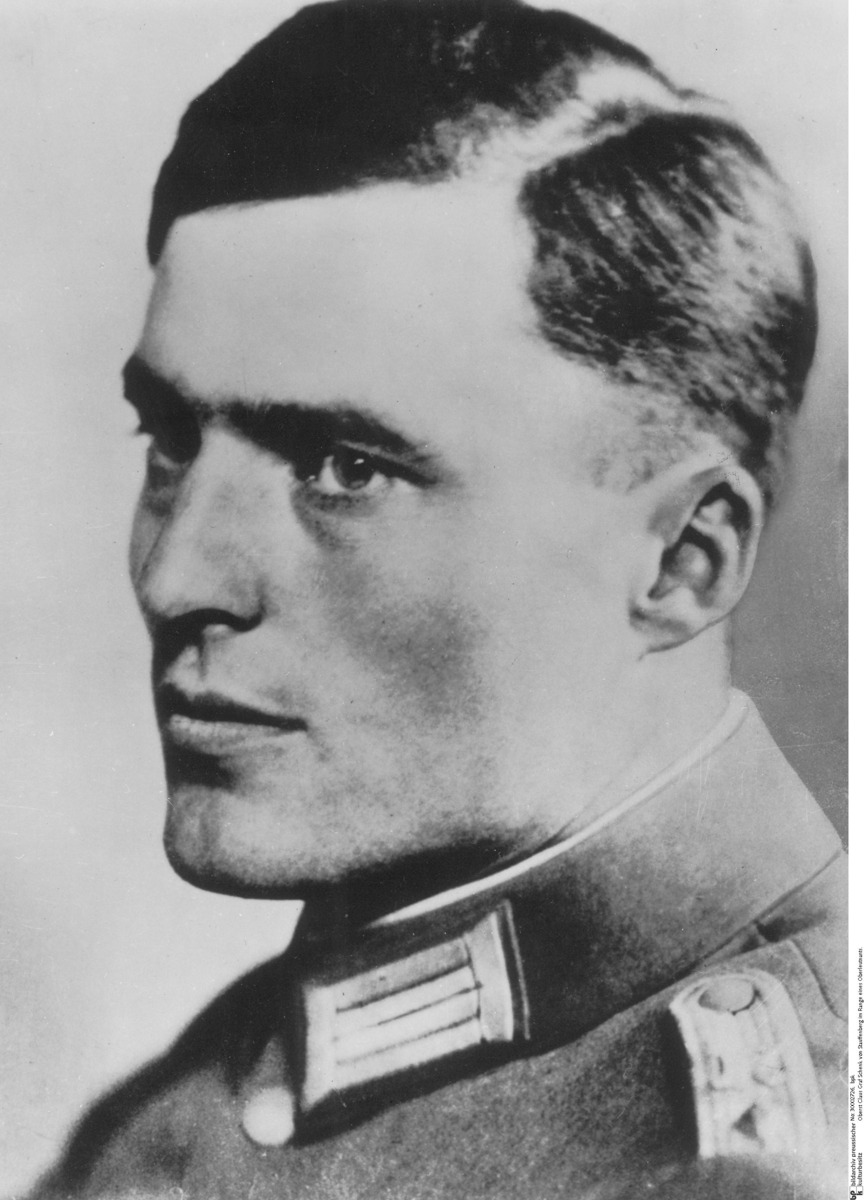Abstract
Colonel Claus Graf Schenk von Stauffenberg (1907-1944) was central to
the planning and execution of the July 20th plot, the most wide-ranging
conspiracy against the Nazi regime. Like many other military men, he had
initially approved the Nazis' nationalistic and militaristic goals. But
Hitler's criminal and increasingly incompetent approach to conducting
the war led Stauffenberg to turn away from the Nazi regime. After being
seriously wounded in fighting North Africa in April 1943, Stauffenberg
held a series of posts in the Wehrmacht administration and used these
positions to forge contacts with various military and civilian
resistance groups, including the Kreisau Circle. Over time, Stauffenberg
became increasingly convinced that he would have to help destroy the
Nazi regime in order to save Germany from an impending military
catastrophe. Together with other high-ranking officers, he reworked the
Replacement Army’s operational plan for suppressing domestic unrest and
transformed it into a plan for a coup d'état – “Operation Valkyrie.”
According to the plan, once Hitler had been killed, the Replacement Army
would eliminate the most important authorities of the Nazi regime
through the mass arrest of high-ranking members of the NSDAP, the
Gestapo, the SS, and the SD, and take executive power into its own
hands. Additionally, the plan called for Stauffenberg and his
co-conspirators to take complete control of communications by occupying
all radio transmitters and stations.
Stauffenberg himself played a critical double role in the plot,
insofar as he was involved in both the assassination attempt and the
subsequent coup d'état. As chief of staff to the commander of the
Replacement Army, he had direct access to Hitler during discussions of
the military situation at the "Wolf's Lair," the Führer's East
Prussian headquarters. After numerous postponements, the conspirators
decided to assassinate Hitler during one such discussion on July 20,
1944. Stauffenberg detonated a bomb in the headquarters and rushed off
to Berlin, thinking he had killed Hitler. Because there was no official
report of Hitler's death, the corresponding coup d'état got off to a
delayed and shaky start. The Nazi leadership immediately initiated
effective counter-measures and destroyed the attempted putsch within a
short time. Stauffenberg was arrested and shot the same night.
